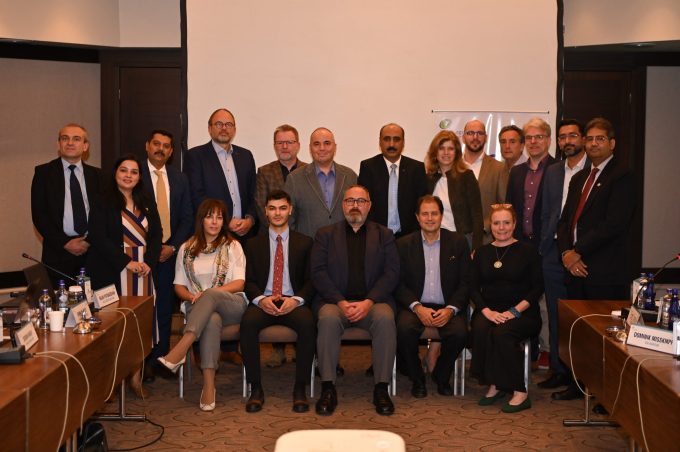India's customs duty cut opens the road for Tesla imports
US automaker Tesla seems set to enter the Indian market now the government has slashed ...

Reducing CO2 emissions across the logistics industry and supply chain is a universal issue. With governance, regulatory bodies and organisational ESG metrics honing in on carbon reduction and responsibility, the question remains as to how air cargo can alleviate its environmental impact.
Aviation is the fastest-growing ...

Comment on this article